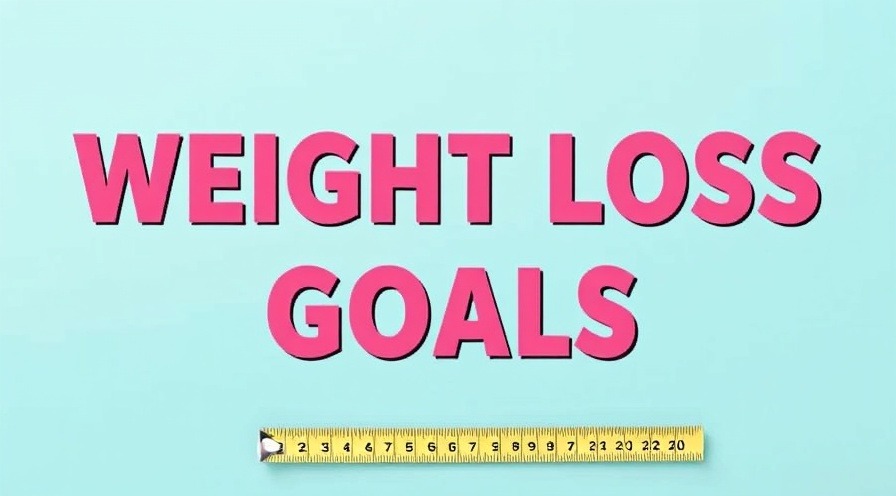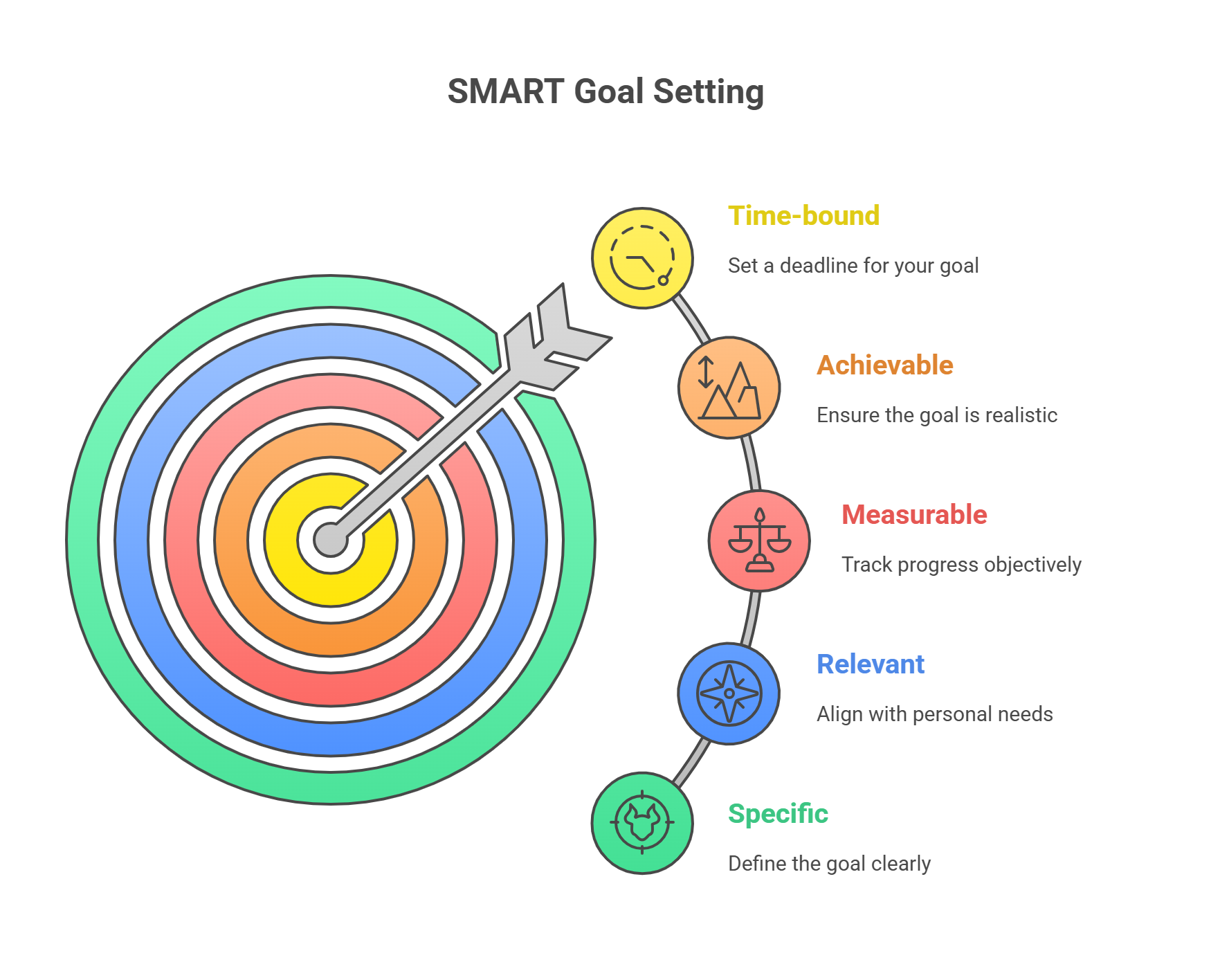
Weight Loss Goals That Actually Work: Ditch the Guessing, Start Progressing
Let’s be honest: setting weight loss goals can feel like building IKEA furniture—confusing, overwhelming, and oddly full of math. One wrong move, and you’re sitting on a wobbly plan that falls apart faster than your motivation during a late-night snack attack.
So how do you set realistic, achievable weight loss goals that don’t burn you out or leave you hangry and hopeless?
Here’s the truth: Start small, get specific, and think long game—not quick fix.
How to Set Weight Loss Goals (The Right Way)
In plain speak:
To set effective weight loss goals, start by identifying your “why,” use SMART goal-setting (Specific, Measurable, Achievable, Relevant, Time-bound), and focus on behavior-based goals—not just the number on the scale.
And spoiler alert: Losing 10 pounds in 3 days? Not a goal—it’s a crash course in disappointment.
🎯 Step 1: Know Your “Why”
Before you bust out the calculator, get real about why you want to lose weight. Energy? Confidence? Getting off meds? Wearing that favorite pair of jeans from 2015?
“Motivation rooted in personal meaning leads to greater goal commitment,” says Dr. Gary Foster, PhD, Chief Scientific Officer at WeightWatchers and author of The Shift.
Write it down. Make it visible. Repeat it to yourself when your brain says, “We need donuts.”
🧠 Step 2: Use the SMART Method
Setting vague goals like “I want to lose weight” is like typing “somewhere warm” into your GPS. SMART goals give you a map.
Specific – “Lose 10 pounds” vs. “Get healthier.”
Measurable – Track weekly progress with photos, weight, or clothing fit.
Achievable – Aim for 1–2 pounds per week (CDC approved).
Relevant – Align with your health needs or doctor’s advice.
Time-bound – Set a date: “By October 15.”
According to the CDC, realistic weight loss is 1 to 2 pounds per week and requires consistent behavior change, not just short bursts of effort【source: CDC.gov】.

🏃♀️ Step 3: Focus on Habits, Not Just Numbers
You’re not just trying to drop pounds—you’re trying to upgrade your lifestyle.
Swap out goal obsession for habit progression:
Weight Goal |
Supporting Habit |
|---|---|
Lose 15 lbs |
Walk 30 mins daily |
Drop a size |
Cut soda, add veggies |
Lower BMI |
Prep meals on Sundays |
Analogy Time:
Think of weight loss like planting a garden. The scale is the harvest, but habits? That’s the watering, weeding, and sunshine. No habits, no harvest.
📝 Step 4: Track Progress Without Losing Your Mind
Here’s what actually helps:
Weekly weigh-ins (not daily)
Photos every 2–3 weeks
Journaling how you feel (energy, mood, clothes)
“Progress isn’t just about numbers—it’s about behavior consistency,” explains Dr. Yoni Freedhoff, MD, obesity specialist and professor at the University of Ottawa.
💥 Step 5: Build a Support System That Doesn’t Suck
Let’s face it—going solo makes it 10x harder.
Try this:
Join a community (online or IRL)
Follow a friend’s healthy journey
Hire a coach (if budget allows)
-
Tell your barista so she stops offering the muffin

⚠️ Real Talk: Common Goal-Setting Pitfalls
Avoid these traps:
Unrealistic deadlines (“Drop 30 lbs before cousin’s wedding next month”)
Scale obsession (muscle weighs more than fat, remember?)
Punishment mindset (“I cheated, so I’ll skip dinner”)
Instead, use setbacks as feedback—not failure.
🚀 Real-World Example: Jessie’s 90-Day Goal
Jessie, 34, set a SMART goal to lose 12 pounds in 90 days.
Her plan?
4 workouts/week
No takeout Monday–Thursday
Daily 8K step goal
She hit her mark in 11 weeks and gained a new morning routine that stuck.
✅ TL;DR: Weight Loss Goal Checklist
Set a meaningful “why”
Use SMART goals
Track behavior, not just pounds
Build in support
Expect setbacks—plan for comebacks
🔍 FAQ: Setting Weight Loss Goals
Q: How much weight should I aim to lose in a month?
A: Aim for 4 to 8 pounds per month. That’s 1–2 pounds per week, which is sustainable and safe, according to the CDC.
Q: Should I set a goal weight or just focus on habits?
A: Do both. Have a target in mind, but measure success by the habits you build.
Q: What if I fall off track?
A: Welcome to the club. Adjust, don’t abandon. One detour doesn’t mean the trip is over.
Q: Do weight loss apps actually help?
A: Yes—if you use them consistently. Apps like Noom, Lose It!, and MyFitnessPal can help with tracking and accountability.
🧠 Final Takeaway
The goal isn't just to lose weight.
It's to gain back control, confidence, and the ability to walk up stairs without sounding like a steam engine.
Set goals that fit your life—not a fitness influencer’s highlight reel. Keep it honest. Keep it doable. Keep going.
Related Reads You’ll Love:
 Add Row
Add Row  Add
Add 




Write A Comment